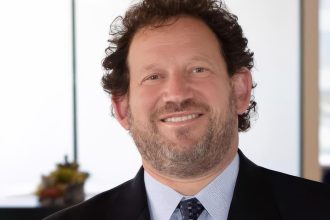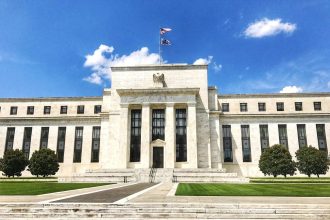The Federal Reserve’s quest to fight inflation by raising interest rates has squeezed credit card borrowers and prospective homebuyers, but savers have benefited considerably. At present, the top-yielding savings rate is 5.55 percent APY from MyBankingDirect. That’s the highest savings rate paid by a federally-insured institution since 2007, according to Bankrate data.
Yet customer satisfaction with direct bank (online-only) checking accounts fell 27 points over the past year, J.D. Power reports. The overall satisfaction rating currently sits at 688 on the firm’s 1,000-point scale. Satisfaction with direct bank savings accounts dipped more modestly, from 718 last year to 710 in 2024. J.D. Power uses “direct bank” and “online-only” interchangeably.
The report measures overall satisfaction with online banking products based on seven dimensions: customer service, ease of moving money, fees, the ability to grow money, the level of trust, mobile app account management capabilities and website account management capabilities.
Why did overall satisfaction drop?
Rates aren’t the problem. Instead, customers are having issues with debit cards, fraud and unauthorized account activity. Fewer customers said it’s convenient to reach and interact with live phone representatives. And many feel that banks’ mobile apps and websites need an overhaul.
“Customers who experienced problems had a very tough time resolving them in a timely manner, causing satisfaction with the ease of problem resolution to decline sharply,” said Paul McAdam, senior director of banking and payments intelligence at J.D. Power.
J.D. Power reports that satisfaction with the problem resolution process fell a whopping 67 points from last year. It’s notable that fewer problems were cited in this year’s study, but the maladies that customers experienced were more complicated and took longer to resolve. It takes an average of 2.6 days to resolve a problem, up from 1.9 days in 2023.
The winners
Charles Schwab Bank took top honors in the direct bank checking account category for a sixth consecutive year. Capital One was second and Ally Bank was third.
In the savings division, Marcus by Goldman Sachs claimed the crown, with Ally second and Capital One third.
It’s interesting to see Capital One on this online banking list, since it has 280 branches across the country. That contrasts with the likes of Schwab, Ally and Marcus which offer checking and savings accounts without any physical bank branches. Still, Capital One has a sizable online presence that extends its reach well beyond its brick-and-mortar footprint. The bank’s Chairman and CEO, Richard Fairbank, is fond of describing Capital One as “the original fintech,” so he probably wouldn’t argue with a digital-centric classification.
The J.D. Power study defines direct banks as online/branchless institutions with federal banking charters, with either the Federal Reserve Board, the Office of the Comptroller of the Currency (OCC) or the Federal Deposit Insurance Corporation (FDIC) as their primary regulator. The survey included 8,648 direct bank customers and was conducted from December 2023 through March 2024. Respondents must not have done business with their bank in-person within the past five years for their responses to be counted.
Why this matters to you
Everyone needs emergency savings, and you might be saving for other short-term financial goals as well. For example, maybe you’re looking to buy a home within the next year or two. Maybe you have a child starting college soon, or you’re a retiree that wants to preserve your nest egg. All of these situations are well-suited for a high-yield checking or savings account. You can get a solid return without taking any investment risk. With the top-yielding accounts north of 5 percent APY, you can earn more than $500 in interest each year for every $10,000 you sock away.
Unfortunately, two-thirds of savers are earning less than 4 percent, a recent Bankrate survey revealed. Santander Bank says 64 percent of middle-income Americans would be more likely to move money into a higher yielding account if they can do so digitally. Spoiler alert: you can!
I’ve opened multiple high-yield online savings accounts over the years and I’m glad I did. It only takes a few minutes and you can link these accounts to your brick-and-mortar checking account if you’re like me and still want local branch access and don’t want to upend all of your direct deposits and automated bill payments. This approach represents the best of both worlds and it’s easy to move money back and forth within a business day or two.
Bottom line
The Fed is talking about keeping rates higher for longer, since inflation remains a persistent challenge. That’s bad news for borrowers but excellent news for savers. Short-term rates are probably at or near their peak right now, so lock in that 1-year CD or finally get around to opening that high-yield savings account. While savings rates could change at any time, the most attractive yields should remain elevated for the foreseeable future. Set it, forget it and watch the free money roll in.
Have a question about banking or credit cards? Email me at [email protected].
Read the full article here
















